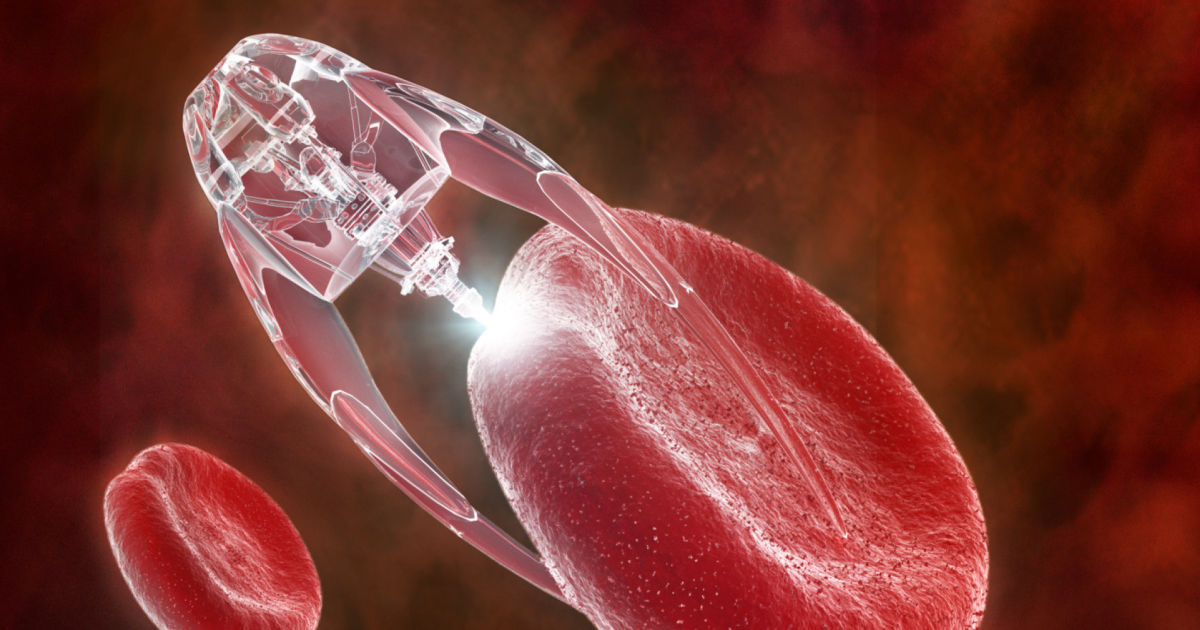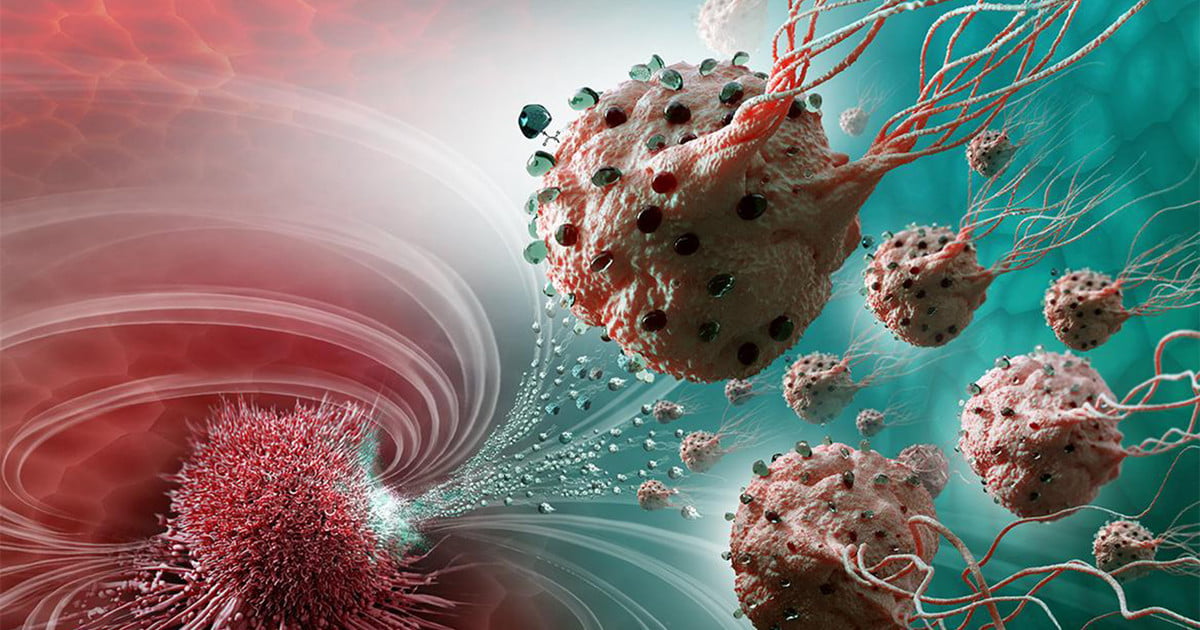What Is A Nanobot?
Nanobots are extremely tiny robots that operate at a microscopic scale. Although they have been created in a biological context, no actual mechanical nanobots have yet been created, but they remain an area of active research and hold a great deal of promise for a number of fields.
It is said that nanobots could "crack the secret to immortality by 2029." But what exactly could they do for the medical industry? Keep reading to learn all about the benefits of nanobots and nanotechnology.
What Exactly Do Nanobots Do?

The theoretical uses of nanobots are virtually endless, as their size would allow them to essentially rebuild matter. Properly programmed nanobots would be able to take raw materials and build them into anything, from proteins to foods to tiny microprocessors. If set up to do so, they could in theory even build more nanobots, through the process of auto-replication, so that a small group of nanobots could quickly develop into a massive swarm capable of large-scale projects.
What Are The Medical Applications Of Nanobots?

The medical applications of nanobots are particularly promising, and most researchers focus on these as the likely first uses of the technology. Because nanobots interact at the same scale as many invaders in the body, they could in theory be used as specifically-programmed warriors, helping to fight off cancerous cells or viruses. They could also be used for much more detailed scans of people, to help with early detection or simply to make sure the body is functioning at an optimal level.
Nanobots Fighting Cancer

Cancer patients could be injected with a specific type of nanobot which will look for and eradicate cancer cells. This sort of treatment will eliminate the side effects of hair loss, nausea and tiredness usually associated with conventional cancer treatment such as radiation and chemotherapy. Another good application would be to use nanobots to clear blocked arteries. In addition to removing plaque from arterial walls, they could also be used to find areas of arterial weakness.
How Efficient Are Nanobots?

Since nanorobots can operate at the same scale as viruses, cancers, and bacteria, they hold the promise of being able to directly fight these intrusions to the human body, conduct health scans, or to ensure the body’s tissues and organs are working at its optimal level. The circulatory system is a natural pathway for these devices and the nanobots will cruise through the bloodstream to the area of concern.
Where Is The Future Of Nanotechnology Heading?

The more the technology develops, the greater the number of potential uses that arise. As this time approaches, more private industry and governmental groups are investing more money into research and laying out the theoretical uses and limits of nanorobotics. Medical practitioners are hoping nanobots might be the answer to a quicker way to administer medicine into the body as they can be programmed to go straight to the target area.
